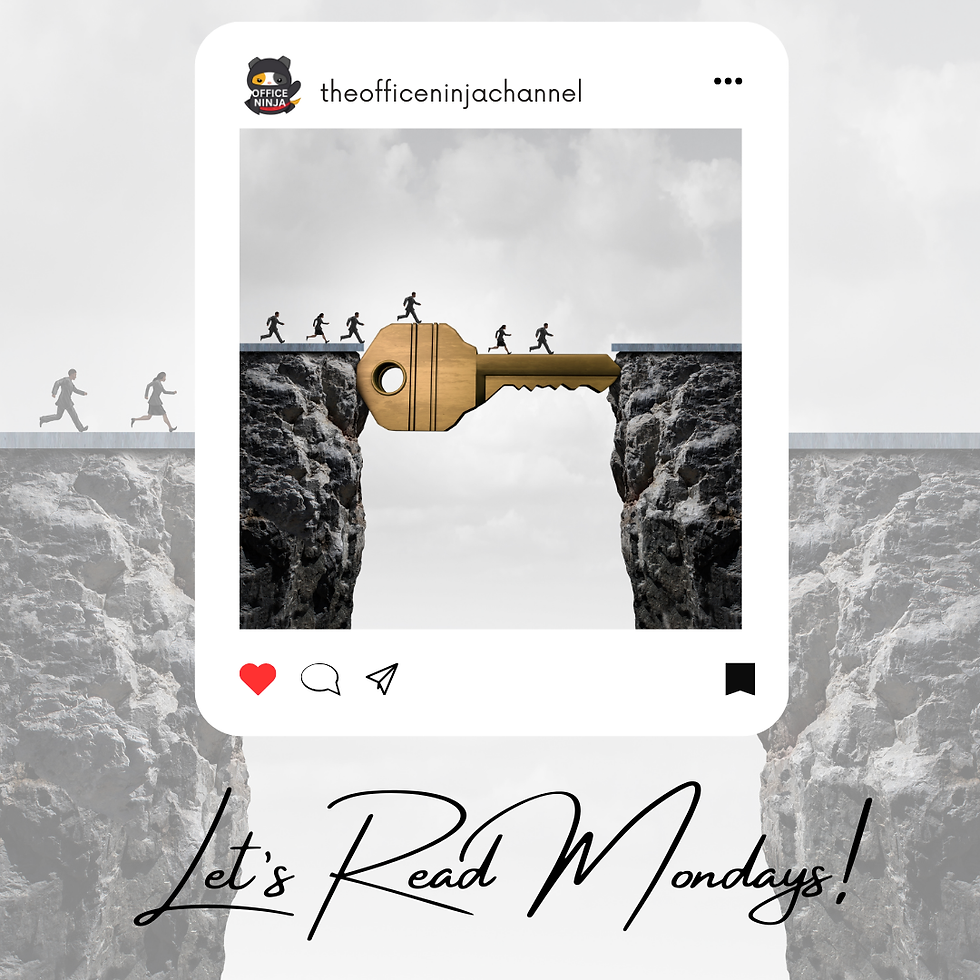Mastering the Unspoken: The Art of Effective Non-Verbal Cues in Leadership
- theofficeninjacont
- Apr 28
- 2 min read
Non-verbal communication is a silent yet powerful language of body gestures, facial expressions, and posture. It can influence how others perceive and respond to you as a leader. Leadership isn't just about what you say – it’s equally about what you don’t say.
Try to picture walking into a meeting where the leader’s posture exudes confidence, their smile radiates warmth, and their eyes meet yours with genuine attentiveness. Instantly, you feel welcomed, valued, and eager to engage. That’s the magic of effective non-verbal cues.
Your non-verbal signals can reinforce or undermine your spoken words. For instance, a statement of encouragement loses its impact if delivered with crossed arms and a distant gaze. Conversely, an empathetic nod or an open stance can amplify trust and connection, even without uttering a word. Non-verbal communication begins with self-awareness. Recognizing how your body language connects with your emotions and intentions is the initial step. Are your expressions consistent with your message? Is your posture inviting or restrictive? These subtle elements speak volumes about your authenticity and approachability.
Another essential aspect is attunement. This is being able to read and respond to the non-verbal cues of others. A leader who notices when a team member’s shoulders slump or their energy wanes can address concerns proactively. Being attentive shows empathy and creates a culture where people feel seen and supported.
Motivation is also a by-product of non-verbal cues. A simple gesture like a firm handshake, a pat on the back, or steady eye contact, can boost morale and convey unwavering confidence in your team. These actions build a silent, yet profound connection that words alone cannot achieve.
Being influential grows when words and actions are in harmony. By mastering your non-verbal communication, you set the tone for trust, collaboration, and mutual respect. You’re not just heard – you’re felt.
With this last Monday in April, pay close attention to your non-verbal cues. Whether in meetings, casual conversations, or addressing your team, let your body language mirror your message. Practice open gestures, maintain eye contact, and show your team they have a full presence. Never forget – prioritizing inner peace is essential. A leader who communicates effectively, both verbal and non-verbally, inspires harmony, trust, and meaningful impact.




Comments